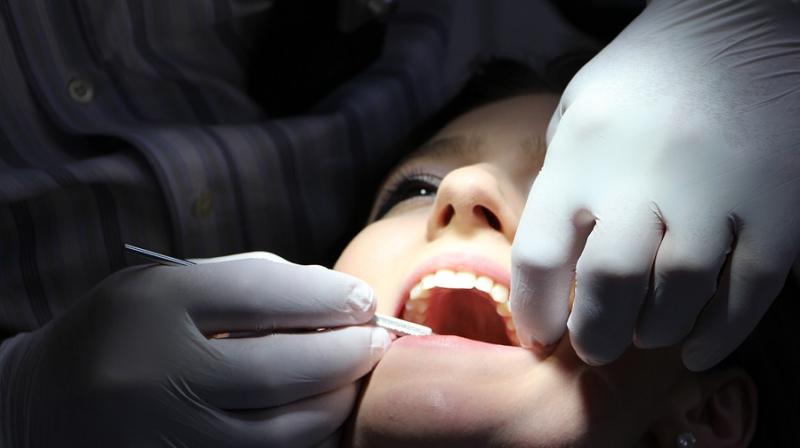Forensic odontology: A dental detective in crime

March 6 is celebrated as World Dentist Day worldwide. It goes back to the invention of the first 'dental foot engine' in 1790 by George Washington's dentist, John Greenwood (1760-1819). He adapted his mother’s foot treadle spinning wheel to rotate a drill. Hesy-Re, an Egyptian scribe, often called the first dentist, died in 2,600 BC. An inscription on his tomb includes the title “the greatest of those who deal with teeth, and of physicians.” This is the earliest known reference to a person identified as a dental practitioner.
Today dentistry has grown by leaps and bounds from that olden era. Like how science progressed from stone age to cars to rocket technology, dentistry also changed from barbarian era to conservative approach to modern gene-based therapies. Let’s talk on an innovative happening arena-- the forensic odontology Forensic odontology is a branch of forensic medicine which uses the knowledge of dentistry in the field of crime detection using bite mark analysis, palatoprints, lip prints, saliva based diagnostics and so on.
The oral cavity is a useful source of DNA. The latter is obtained from saliva, the oral mucosal cells and the teeth. The main DNA source is blood, though in some situations this type of sample is not available for analysis. In teeth, DNA is found in the pulp tissue, dentin, cement, periodontal ligament and alveolar bone. Due to the resistance of the hard tissues of the teeth to environmental actions such as incineration, immersion, trauma or decomposition, pulp tissue is an excellent source of DNA. Bite mark analysis is another important area in forensic odontology. The individual bite characteristics must be documented in order to positively identify the suspect. Certain important dental features can include fractures, dental rotations, attrition and wear, congenital malformations, etc.
The physical and biological findings deteriorate from the moment of the actual bite and, therefore, should be documented as quickly as possible. Saliva is deposited in the skin at the time of biting and should be collected preferably using the double cotton swab technique. Dry saliva is hard to detect, and the amylase test is needed to identify its presence. Rugoscopy is an identification technique based on the study and analysis of the number, shape, length, direction and merging pattern of the palatal ridges or rugae (rugosities). Cheiloscopy involves the study of a series of elevations and depressions that form a characteristic pattern on the lips known as lip prints. In the same way as the finger prints, the lip prints are permanent and constant and are, therefore, unique to each individual (except monozygous twins) Forensic odontology has helped investigators in many cases like Nirbhaya rape and Sheena Bora murder cases.
This expertise was also utilized to zero in on the culprit among six-seven suspects in a rape and murder of a girl in Dehradun sometime back. The victim had borne multiple bite marks on her body which helped investigators identify him from the injury. Let this dentist day give an opportunity to know more about an important speciality dentistry which includes dedicated persons striving hard to create a lasting smile in each one of your lives.

